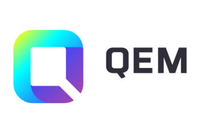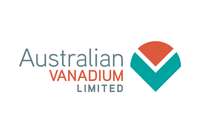Rebar Rules to Boost Chinese Vanadium Demand by 30 Percent
An official at the China Iron & Steel Research Institute says it is “very likely” that the new regulations will be in place by September.
China may introduce new standards that would up the amount of vanadium required in rebar products. The move could come as early as next month, and looks set to significantly boost vanadium demand in the country.
An official at the China Iron & Steel Research Institute said earlier this month that the revised requirements for the standard tensile strength of rebar products in China could increase vanadium consumption by 30 percent, or 10,000 tonnes per year. The official told Metal Bulletin that the revision is “very likely to be released in September.”
Dmitry Glushakov of investment bank VTB Capital said, “the new standard is dedicated to increase earthquake resistance of rebar used in construction.” He added that the new Chinese regulations and could add “further positive momentum” to vanadium prices, which have rallied over the past few weeks.
Environmental inspections have been cited as a contributing factor to the recent increase in vanadium prices; some factories have been suspended or forced to close after failing to meet current standards. China currently produces about 50 percent of the world’s vanadium.
In a recent interview, Roskill commodities analyst Jack Bedder said that ferrovanadium prices in China have risen to about $60 per kilogram and to about $43 per kilogram in Europe. Meanwhile, vanadium pentoxide prices have risen to $9.50. Metal Bulletin data shows that vanadium prices are up 89 percent overall this year after doubling in 2016.
The major use of vanadium pentoxide is in the production of ferrovanadium, which is used heavily in steel manufacturing. The material also has some applications in cathodes for lithium-ion batteries.
Demand for vanadium is predicted to increase at a compound annual growth rate of 6 percent per year through 2020, partially due to increasing demand for vanadium redox batteries; these batteries are expected to become a greater part of the energy storage mix in the future.
A recent paper produced by Bushveld Minerals (LSE:BMN) and the World Bank’s Industrial Development Corporation indicates that demand for vanadium redox batteries will peak from 2025 to 2030. According to the report, vanadium redox batteries are more adaptable to industrial-scale applications and perform better in long-life applications.
Don’t forget to follow us @INN_Resource for real-time news updates!
Securities Disclosure: I, Melissa Shaw, hold no direct investment interest in any company mentioned in this article.

